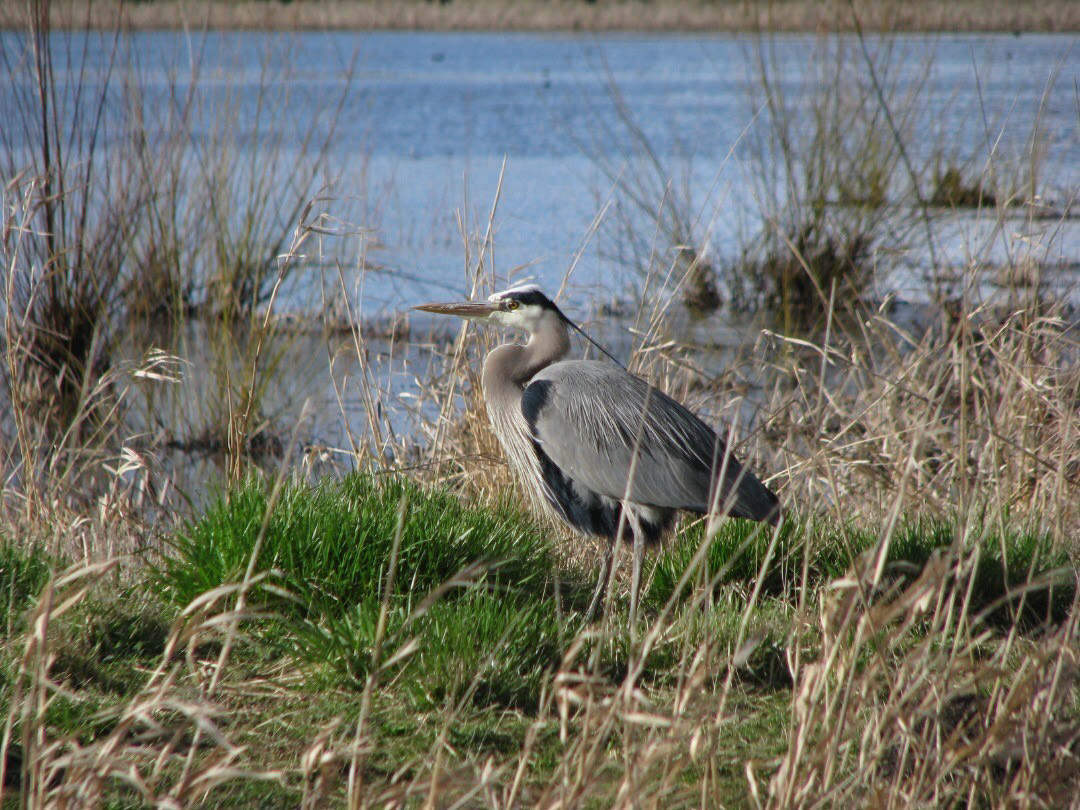Within the heart of the Pacific Northwest lie the lush forests of Oregon, filled with birds of all kinds. We live in a bird-watchers haven, where even a simple walk outside will gratify you with the harmonious timbre of chirping birds and natural treasures of all sorts. Bird watching is an activity for all, from avid adventurers to prestigious nature enthusiasts.
To spot and identify birds is a skill that takes sufficient training but is attainable by anyone. Oregon is a perfect place to exercise this skill, as many of us are just a car ride away from natural trails, viewpoints and refuges that are available for free.
The refuge closest to the Tualatin area is the Tualatin River National Wildlife Refuge. This refuge offers both seasonal and year-long trails that loop through many environments such as the riparian forests, wetlands, grasslands and outlooks over the Tualatin River and within the canopy of incessant pine and oak trees.
To get started on a successful bird-watching journey, there are three main tools necessary to make it a gratifying experience, the first of which is a good pair of binoculars. Since many interesting species found on your trip are undomesticated parts of the wild, it is smart to keep in mind distance and stealth for a prolonged view of the bird being watched. Binoculars are a portable and simple way of doing so, but if they do not fulfill your bird-viewing intentions, you may find a thrill in viewing wildlife through a telescope. Both of these options will give you a face-to-face encounter with whichever exciting sight you’ve found by respecting both nature’s and animals’ boundaries.
Secondly, many avid or beginner bird watchers will find a handheld bird guide helpful to figure out what new bird they have just discovered. With practice and consistency, you may find yourself naming common native species off the top of your head.
Lastly and most importantly, you’ll need a camera. Whether it be your phone or a professional camera, it’s important and special to capture moments and things you discover in a permanent way. I myself find this to be crucial on any walk I take, as I am able to capture the effortless beauty birds emit.
The photos shown in this article are ones I’ve taken: a collection of native birds that anyone can find on the streets, trails and depths of Oregon land. These little birds can be found trailing tall tree types such as oak and pine, pecking at mossy bark for little worms and bugs to eat. Alongside woodpeckers, you may also find Finches, Junkos, Robins and Chickadees bickering in your backyard flora.
Up next is the Red-Winged Blackbird, whose song is more recognizable than their red marking. Both Yellow and Red-Winged Blackbirds have been found on many trips of mine and are a songbird adored by many.
Other common Oregonian songbirds are the Northern Flicker, Pygmy Nuthatch and Yellow-Rumped Warblers. Lastly, the celebrity species, the face of the Audubon Society, is the Great Blue Heron. Blue Herons, their rare brethren the Green Heron and sibling species the Egret are all birds you will find in shallow bodies of water, independently stalking the marshes for their next Carp of a meal.
Whether you encounter a robin grazing on the grass or ducks plunging in a pond, grab a pair of binoculars and your handheld bird guide for a bird-watching adventure, full of excitement and new discoveries.




